Chef's Talk
Chef Sareen Rojanametin
Chef Sareen Rojanametin, Executive Chef and Owner at Small Dinner Club, Bangkok, Thailand
Was your decision to become a chef a clear plan or was it something that grew over time?
I think it really grew over time. I actually started out in Melbourne as an Art and Photography student, and later worked as a photographer /director in advertising. I slowly was drawn to good food and coffee along the way.
Eventually I took a job as a barista during breaks from each campaign to have a better understanding of how a restaurant or cafe worked behind the scenes. I got deeper into the coffee culture, which I found really inspiring. From there, I started paying more attention, learning more and eventually worked my way into better cafes, where I had the chance to see a lot of professional chefs cook.
Until one day I decided to bake a loaf of sourdough for a few friends coming over for dinner and that kind of shifted my perspective on food and the possibilities of it all. I went on to open a small cafe and later on Small Dinner Club started as a Friday night pop-up I hosted at the cafe. It became such a hit that I realized it was where I belonged.
Who or what has most influenced the way you see food and cook food?
A lot of it comes from my family, especially my grandmother and my mother. As a child, during school holidays, I would spend my afternoon helping my grandmother in the kitchen, peeling garlic, washing herbs, and making chili paste.
It was out of pure joy, but also I wanted to be the first to try the freshly prepared dishes before they got served at 6pm, because I realised that at 6pm the fried chicken is not so crispy anymore or the crispy part of the fried rice that is usually stuck at the bottom of the wok is thrown away.
While my grandmother was cooking a lot of traditional simple Thai/Chinese dishes, my mom on the other hand was experimenting with western cuisine and adapting them into her own style. So I was exposed to many different cuisines growing up.
What did your time in Esarn and being ordained as a monk shape your philosophy in the kitchen?
Initially I didn’t expect to be in it for so long but ended up being in monkhood for over 2 years. That time changed the way I saw everything. Seeing people live simple and making the most of what they have, how they treat ingredients with respect and how nothing goes to waste.
Though I wasn’t thinking about food or cooking so much during my monkhood, looking back at the experience made me realize how powerful the simplest things can be. What some people might overlook can become something great when treated the right way.
I always reflect back to the food I ate during my time in the temple, their way of life and the importance of local culture, tradition and community, and it always grounds me. In the kitchen now, I try to give these ingredients a stage to tell their own story in a refreshing way.
Why is working with local farmers, producers, and artisans so important to you at SDC?
Not only are you able to obtain the best products because you are dealing directly with the source who are passionate about what they do, they are also the backbone of everything. Without them, we might not have anything on the table.
I think they deserve recognition for what they do—from the skill, the hard work, the story behind ingredients, and their own story. I wanted to share that with the diners. Fundamentally, it has to start with great produce as a building block in order for us craftsmen to build on top and take it to another stage.
Tell us a bit about the challenges and opportunities that come with finding the right ingredients in Thailand.
It’s not always easy. Some of the things are standardized or inconsistent, and you have to adapt. But that’s part of the challenge.
There’s so much that people overlook. Once I started meeting farmers and makers, I discovered all these beautiful produce, techniques, and flavors. Most of the time it’s the dialogue that you have with them that can turn into a wonderful discovery.
A lot of times, they don’t see the importance of some of their local produce that they have, but with a fresh lens from us, we can teach and show that those ingredients can also have a place on the high table. That’s also what’s inspiring to me—finding new things and thinking how I can use this to represent itself, and Thailand.
How do you find the balance of honoring Thai culinary traditions with giving them a more modern form?
SDC is about looking at Thai food and culture from a different perspective. I am Thai, I grew up here, but I've also lived and worked around the world, so my perspective as a Thai is influenced greatly by that.
A lot of what I am trying to do with SDC is to honor the past but also question it and push forward from a place of curiosity and respect. We respect the classics but love pushing boundaries, rethinking techniques, and discovering new ways to highlight local ingredients.
We don’t want to just reinterpret traditional dishes, but more so try to understand the tradition, the culture and the history, and then ask how can we keep that alive by taking them into new territories. How can we express that in a way that feels honest to us, but also meaningful to the diners.
What do you want diners to understand about Thai culture and the experience when they dine at SDC?
The experience at SDC is designed to open up to new perspectives, exploring the possibilities of humble local ingredients, uniquely different combinations and techniques that we applied to lift them to new heights. An experience that can stimulate the mind and satisfy the sense of curiosity.
I want people to slow down, be present, and see Thailand through a different lens. There’s a lot of depth here. We try to let each element tell its own story. The food reflects the place it comes from, the people who made it.
Whether you’re Thai or visiting, we want to offer a perspective you might not have seen before, shedding new lights on known and undiscovered local ingredients. I hope that after dining at SDC, the guests will interpret Thai ingredients, flavor, and technique in a new way, and have a different perspective of what Thai ingredients really are.
Is there one dish on the menu that best explains your style?
Daft Punk is Playing in My Mouth. The name says it all. It’s bold, unexpected, layered with flavors that hit you all at once!
For me, it’s about taking something familiar, a symbol of a very simple ingredient that everybody grew up eating. By applying creativity to it and twisting it just enough to make people pause and think. I want to surprise diners, challenge expectations, but still stay honest to the ingredients and the story behind them.
Where do you find inspiration for your dishes at SDC?
Inspiration for me can come from everywhere. It can be art, music, ingredients, a trip, a place, or a conversation. And I then use that as inspiration, a starting point and start playing with the idea.
I let the idea sit with me and I start building from there, letting it evolve naturally into something wonderful and unique.
What’s next for you and SDC? What are you hoping to achieve or share in the near future?
I want to keep telling stories of the farmers, the producers, and the makers through food. I want to keep digging deeper into highlighting the local Thai ingredients and the people behind them, and show that there’s real craft and complexity here. Hopefully it will give diners a new perspective on Thailand.
There are so many more stories to be told and we’re always thinking of new ways to bring different stories to life. Maybe through special events, creative collaborations, immersive experiences, or even travelling to source ingredients—bringing that to life and telling the stories in our own way.
We’re also growing the team and bringing in new energy. People who share the same passion for storytelling through food and design. It’s an exciting time for us, and we’re just getting started.
Discover Small Dinner Club and Chef's Sareen cuisine here...
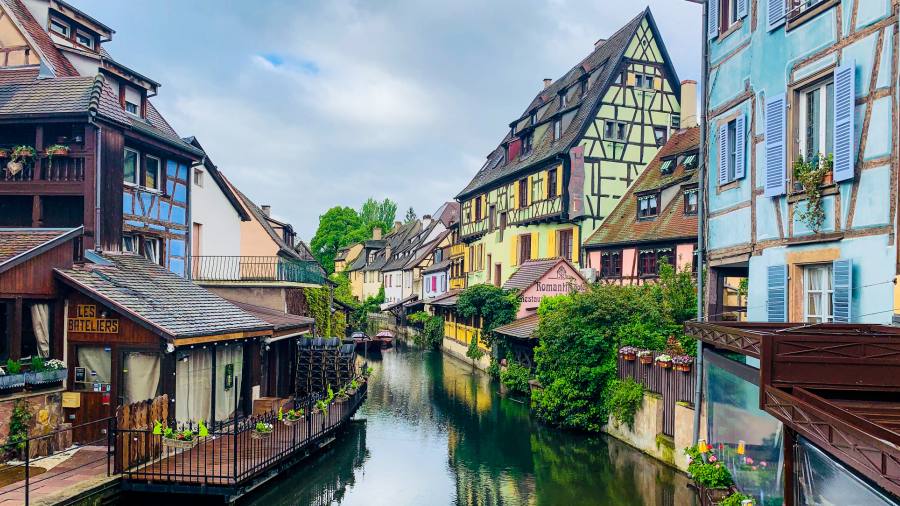



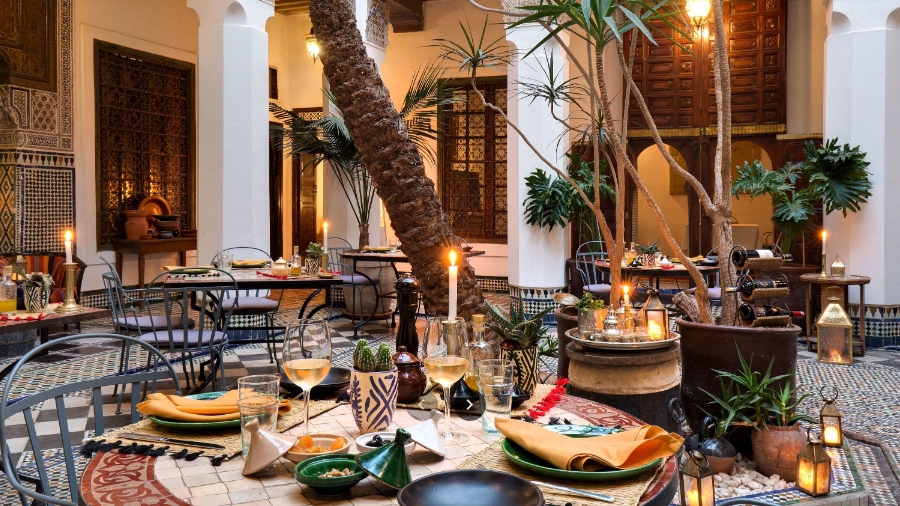


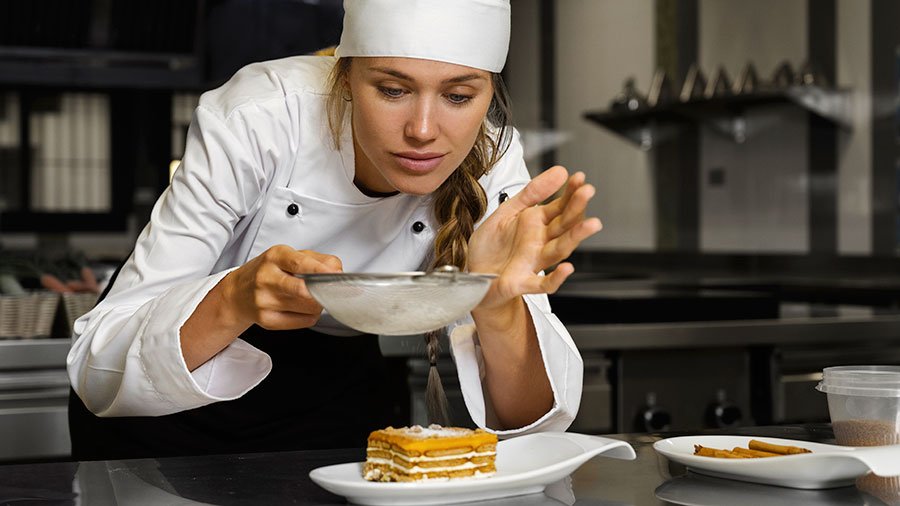

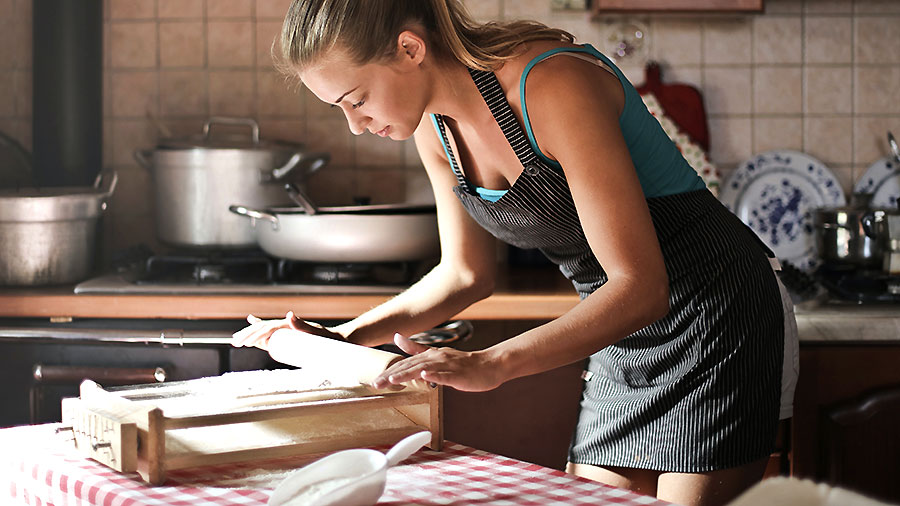
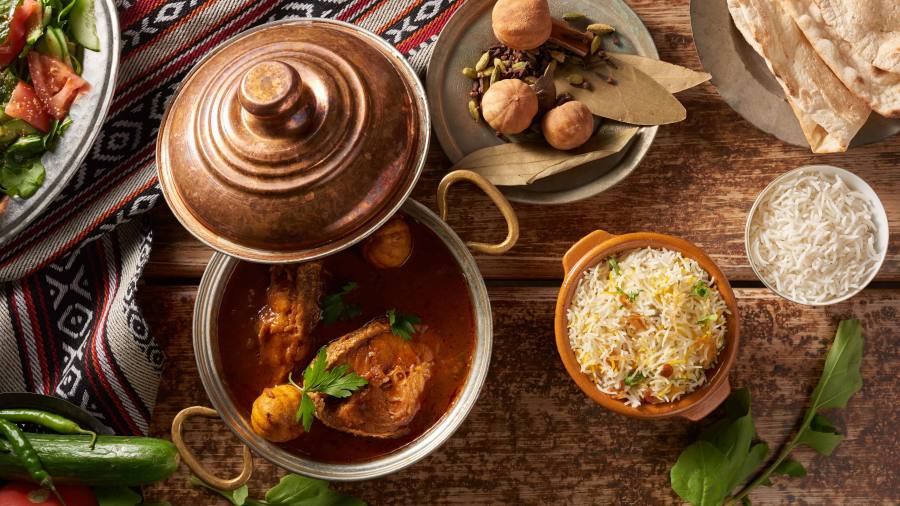
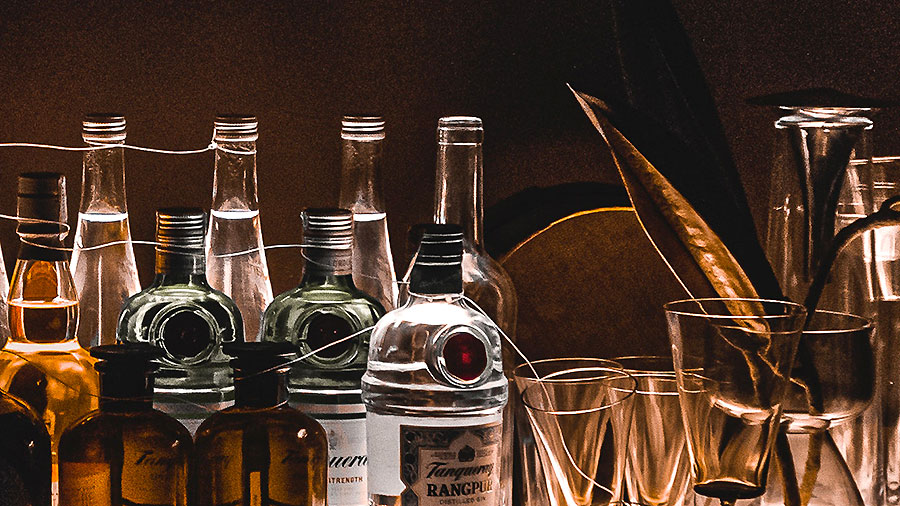
 Gastronomy Cities
Gastronomy Cities
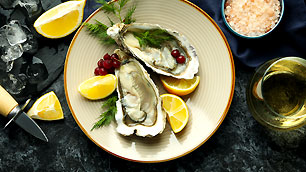 Amazing Food
Amazing Food
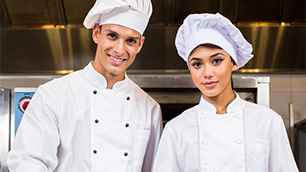 Chef's Talk
Chef's Talk